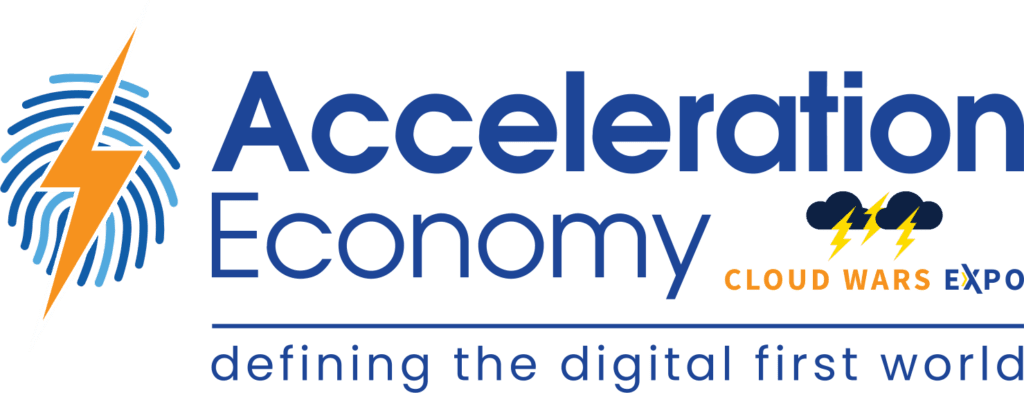According to a study published a couple of years ago by Tufts Center for the Study of Drug Development which appeared in the Journal of Health Economics, the estimated cost of drug development was about $2.6 billion. This includes failed trials and research and development investment needed to get the drug to market.
However, AI is turning this process on its head and delivering real results. Back in early 2020, Sumitomo Dainippon Pharma Co., Ltd partnered with Exscientia to put artificial intelligence to work to help speed up the research phase as part of a clinical study. The goal was to develop a treatment for obsessive-compulsive disorder (OCD) but reduce the time to complete the exploratory aspects of the research.
The outcome was quite astounding. The research team was able to finish the research phase, typically taking about 4.5 years, in less than 12 months and the candidate compound was found within 350 synthesized compounds versus the typical 2,500 compounds.
Not only was there a new drug treatment brought to the market, but the costs and time involved were also slashed to a fraction of the normal amount. What this means is that AI is stepping way beyond the traditional notions of data analytics into a new frontier.
Sumitomo has jumped ahead in the drug development race which means they have a real advantage that artificial intelligence unlocked. This highlights the real outcome for CXOs…the time to value… no, the time to dazzle… is accelerated exponentially.
AI-Powered Companies Are Led by The Business – Not Data Scientists
In 2021, Joshua A. T. Fairfield of Washington and Lee University School of Law wrote a book called “Runaway Technology: Can Law Keep Up?” He posits that the law can keep up with the so-called “rampant technological change” in areas such as “corporate surveillance, artificial intelligence, deep fakes, genetic modification, automation, and more.”
This seems to fly in the face of traditionally held positions of many that the law is a laggard behind the technology. And, as Fairfield points out, “law is a kind of technology – social technology built by humans out of cooperative fictions like firms, nations, or money.”
What’s the takeaway here?
- If business needs and requirements are put in the front seat, then AI can be harnessed and not become yet another “runaway technology” within an organization. The business should identify what roles are needed, should be upskilled, or added.
- DevOps needs to be paired with MLOps to be truly successful as DevOps by itself can miss the mark.
- CXOs should rethink the roles that are involved in driving the technology with operations in the lead to identify the gaps in business processes and define where AI should be applied.
- Data/IT, in collaboration with Operations, define how AI should be applied in adherence to MLOps processes and in an ethical way.
AI-Powered Businesses Have a Strong Ecosystems of Partnerships
The cloud journey is paved with good intentions and many failed starts, and the ROAD to Cloud Wars Expo is intended to help you along this journey. And make no mistake, it is a journey as technology and businesses are continually evolving. But, the real catalyst in the journey is a strong ecosystem that involves collaboration with tech partners and customers.
Recently, Boeing announced a deepening partnership with Microsoft (#1 on Cloud Wars Top 10) to update its critical applications and infrastructure with Microsoft Cloud and AI. The goal, according to Boeing, is to use these new solutions that are “data-driven, further opening new ways of working, operating and doing business.” Further, this will “enable Boeing to unlock tangible and sustainable value held within its vast data estate and reinforces our mutual commitment to lead aerospace innovation for decades to come.”
Additionally, Boeing announced a partnership with Google Cloud (#3 on Cloud Wars Top 10) “to address challenges that come with traditional on-premises IT implementations”, and to take advantage of “the scalability and flexibility of the cloud, along with the ease-of-use and innovation of Google Cloud’s data analytics and artificial intelligence/machine learning (AI/ML) tools.”
What’s the takeaway here?
- More than likely, your company doesn’t have all the resources needed to be AI-powered. This is why an ecosystem of partners and customers is a necessary symbiotic relationship. – one shouldn’t live without the other.
- CXOs need to have a diverse partnership ecosystem for their company. Not one partner or customer has all the insights, resources, or technology tools you need.
- Companies with a diverse partner ecosystem are more likely to realize their AI vision and enterprise strategies and use AI as a strategic competitive edge.
Closing Thoughts
Look beyond the traditional, ethereal notions of artificial intelligence – the idea that AI is only for data scientists or tech teams. AI is necessary to reimagine your business models, optimize your digital future, and accelerate critical decisions.
If you are shoving AI in a corner – stop! As I mentioned before, the real outcome is the time to dazzle, and AI can deliver a competitive dazzle.
Lastly, CXOs should lead with intelligence – real and artificial – to fuel the competitive advantage.
Want to gain more insights from Cloud Wars Expo?
Starting on July 20th, more than 40 hours of on-demand cloud education content will be available for free to Acceleration Economy Subscribers.








